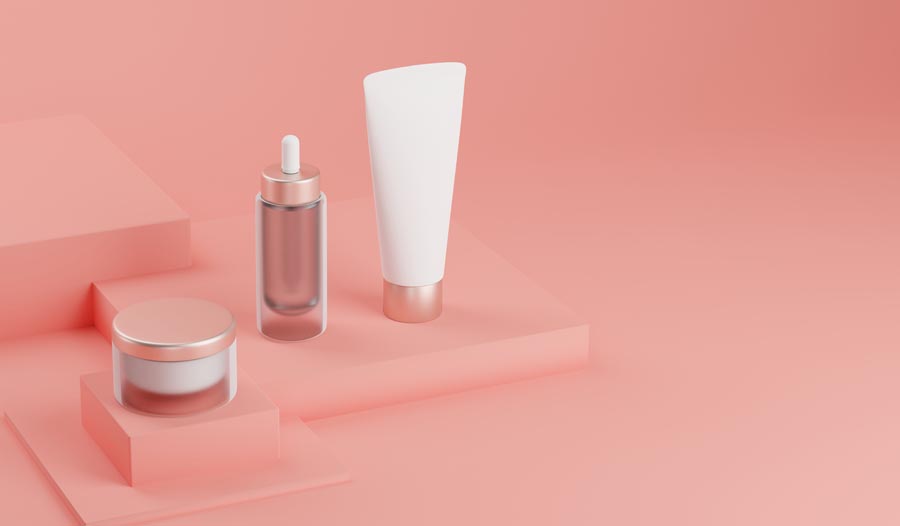
12 Nov Can Packaging Really Extend Product Shelf Life? Innovations in Protective Materials
Well, extending the shelf life of products isn’t just a nice-to-have—it’s a must-have. With increasing demand for fresh, high-quality products and the rise in online shopping, effective packaging has become a crucial part of the supply chain. The right packaging can significantly extend the life of food, cosmetics, and even pharmaceuticals, reducing waste and ensuring products stay fresh longer. So, how exactly does packaging work this magic, and what innovations are pushing it forward?
Protective Barriers – The First Line of Defense
At its core, packaging protects products from external elements like moisture, oxygen, and light—factors that can quickly degrade freshness and quality. Packaging materials are designed with these factors in mind, creating barriers that help control the environment inside the package. For instance:
- Active packaging absorbs oxygen and moisture to prevent spoilage and keep products fresh.
- Antimicrobial coatings slow bacterial growth, ideal for fresh produce and ready-to-eat meals.
- Biodegradable and edible films offer natural protection, with some even safe to eat.
- Modified Atmosphere Packaging (MAP) adjusts internal gases to extend freshness in food packaging.
Benefits Beyond Freshness
Extending shelf life isn’t just about keeping products fresh. Effective packaging that prevents spoilage also:
- Reduces Waste:
Longer-lasting products mean fewer items end up in the landfill, reducing environmental impact.
- Increases Consumer Trust:
Consistent quality and freshness build brand loyalty, as customers can rely on products to be fresh when they open them.
- Enhances Supply Chain Efficiency:
With packaging that extends shelf life, products can travel farther, reducing the pressure on local supplies and helping companies reach broader markets.
A Peek at the Future – Smart Packaging
The next evolution in shelf-life-extending packaging is “smart packaging.” Using technology like QR codes, temperature sensors, or freshness indicators, these packages give real-time information on product conditions.
Imagine buying a pack of strawberries with a built-in freshness sensor that alerts you if the product needs to be consumed soon.
Smart packaging is still in development, but it holds tremendous promise, especially for perishable goods. These innovations could transform not only shelf life but also how we interact with the products we buy.
Conclusion
As packaging materials and technologies continue to evolve, they’re proving just how vital they are in preserving quality, extending shelf life, and minimizing waste. From barrier control and active materials to potential smart packaging solutions, the future of packaging promises to keep our products fresher, and longer.
The investment in innovative protective materials is becoming essential to any brand looking to deliver top-quality goods with longer shelf lives.



Sorry, the comment form is closed at this time.